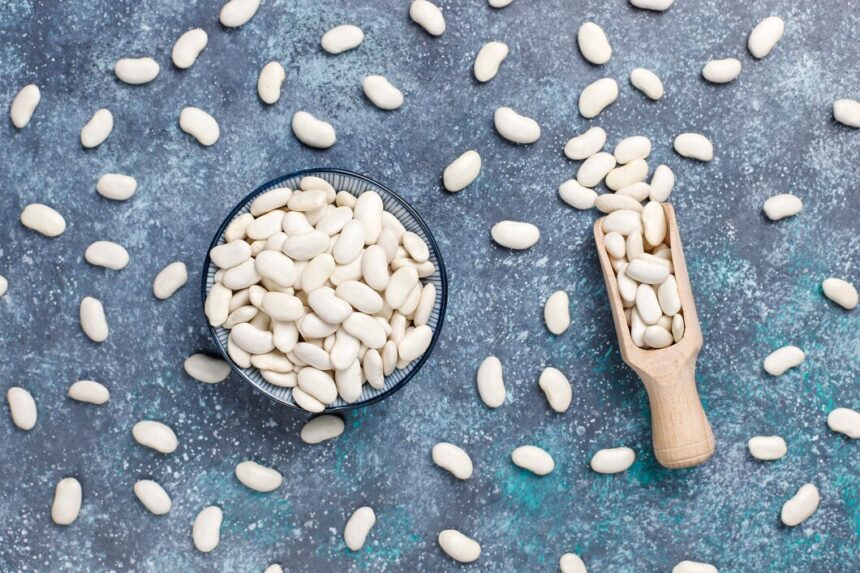Navy beans, also known as haricot beans or white beans, are an essential crop in South Africa, prized for their nutritional value and versatility in culinary applications. However, like many crops, navy bean cultivation faces challenges related to maintaining high quality and maximizing yield. In response to these challenges, farmers can employ various techniques to enhance both the quality and yield of navy beans. Here are some effective strategies for navy bean farming in South Africa:
- Selecting High-Quality Seeds: The foundation of a successful navy bean crop begins with selecting high-quality seeds. Farmers should choose seeds from reputable suppliers that are certified disease-free and have high germination rates. Opting for improved varieties adapted to local growing conditions can also contribute to better yields and quality.
- Optimizing Planting Time and Density: Timing and spacing are critical factors in navy bean production. Planting should be timed to coincide with the beginning of the rainy season to ensure adequate soil moisture for germination and early growth. Additionally, proper spacing between plants is essential to prevent competition for nutrients and sunlight, thereby maximizing yield potential.
- Implementing Soil Health Practices: Healthy soil is essential for robust navy bean growth and development. Farmers should conduct soil tests to assess nutrient levels and pH, and then amend the soil as needed with organic matter and appropriate fertilizers. Practices such as crop rotation and cover cropping can also help maintain soil fertility and structure, reducing the risk of diseases and improving yield.
- Optimal Irrigation Management: Navy beans require consistent moisture throughout their growth cycle, particularly during flowering and pod development stages. Farmers should implement efficient irrigation systems, such as drip or furrow irrigation, to ensure uniform water distribution while minimizing water wastage. Monitoring soil moisture levels and adjusting irrigation schedules accordingly can help prevent water stress and optimize yield and quality.
- Implementing Weed Control Strategies: Weeds compete with navy bean plants for water, nutrients, and sunlight, reducing both yield and quality. Effective weed control measures, such as manual weeding, mulching, and the use of herbicides, can help minimize weed pressure and maintain a clean growing environment for the beans.
- Managing Pests and Diseases: Navy beans are susceptible to various pests and diseases that can negatively impact yield and quality. Implementing integrated pest management (IPM) practices, including the use of pest-resistant varieties, biological controls, and cultural practices, can help mitigate pest and disease pressure while minimizing reliance on chemical pesticides.
- Proper Harvesting and Post-Harvest Handling: Harvesting navy beans at the optimal stage of maturity is crucial for achieving high quality and yield. Beans should be harvested when pods are fully mature but before they become overripe and begin to shatter. Careful handling during harvesting and post-harvest storage is essential to prevent damage and maintain bean quality.
- Investing in Technology and Innovation: Embracing technological advancements and innovative farming practices can further enhance quality and yield in navy bean production. This includes utilizing precision agriculture tools for precise input application, adopting mechanized harvesting equipment to improve efficiency, and exploring new genetic technologies for developing high-yielding and resilient bean varieties.
- Continuous Monitoring and Learning: Navy bean farming is an ongoing learning process, and farmers should continuously monitor their crops, collect data, and evaluate the effectiveness of different practices. Keeping abreast of research findings, attending training programs, and participating in farmer networks can provide valuable insights and opportunities for improvement.
- Market Orientation and Value Addition: Lastly, farmers should consider market demand and consumer preferences when producing navy beans. Investing in value addition activities such as processing, packaging, and branding can increase the marketability and profitability of navy beans, ultimately contributing to enhanced quality and yield.
In conclusion, by implementing these techniques and strategies, South African farmers can improve the quality and yield of navy beans, thereby enhancing the profitability and sustainability of navy bean farming operations. With careful attention to seed selection, planting practices, soil management, irrigation, weed and pest control, harvesting, technology adoption, continuous learning, and market orientation, navy bean farmers can optimize their production outcomes and contribute to food security and economic development in South Africa.
Join 'Farmers Mag' WhatsApp Channel
Get the latest Farming news and tips delivered straight to your WhatsApp
CLICK HERE TO JOIN






